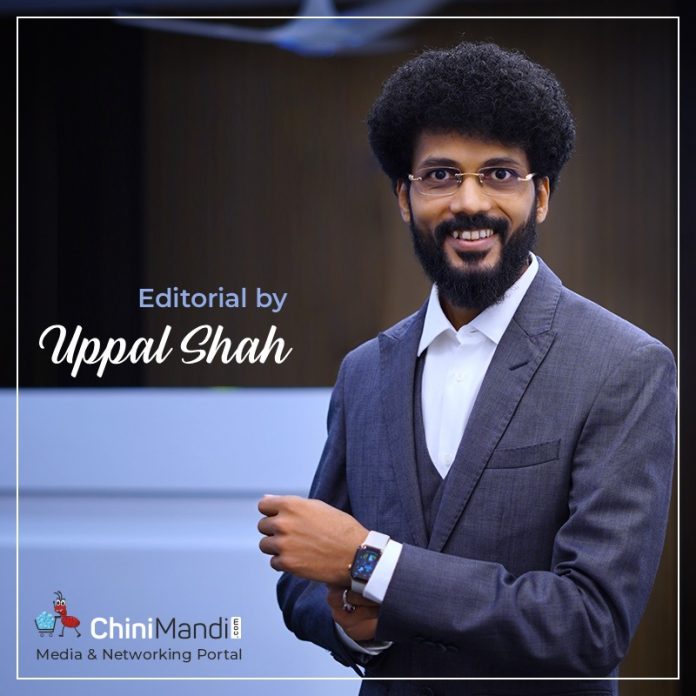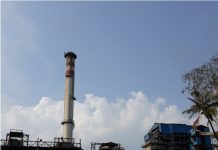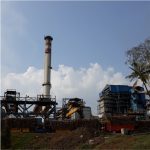India’s commitment to achieve a 20 percent ethanol blending target by 2025 is a commendable move towards sustainable energy. The government’s positive outlook and active steps to increase ethanol production show a strong commitment to reaching this aim. With the progress made so far, the future looks promising, provided that the key challenges faced by ethanol producers are addressed effectively.
Prime Minister Narendra Modi recently highlighted the dual benefits of the Ethanol Blended Petrol (EBP) Programme during the inauguration of the 32nd International Conference of Agricultural Economists. Addressing the gathering at the National Agricultural Science Centre (NASC) Complex in Delhi, he reiterated that the Programme not only supports agriculture but also contributes positively to environmental sustainability. He emphasised that we are rapidly moving towards achieving 20 per cent ethanol blending target in petrol. This shows that government is very optimistic and must be formulating the plans to hit the target on time.
Currently, India’s ethanol production capacity stands at 1,589 crore litres per annum and is expected to grow, which according to the government will be sufficient to meet domestic ethanol requirement of the country. However, to achieve the 20 percent blending target, the country will need around 1,016 crore litres of ethanol, with a total requirement of 1,350 crore litres including other uses. For this, about 1700 crore liters of ethanol-producing capacity are required to be in place by 2025, considering the plant operates at 80% efficiency. The Government has estimated the demand for ethanol required for 20% blending by 2025, keeping in view the growth of petrol-based vehicles in two-wheeler and passenger vehicle segments and the projected sale of Motor Spirit.
According to the data, ethanol blending with petrol reached 15.90 percent in June, and cumulative blending from November 2023 to June 2024 touched 13.0 percent. Oil Marketing Companies (OMCs) have also reported good performance in terms of ethanol blending. HPCL achieved highest-ever ethanol blending of 14.3% during the quarter and blended around 48.12 Crore litres of Ethanol in MS, to reduce GHG emissions by 9.62 lakh MT. Whereas BPCL also achieved highest ever average ethanol blending percentage of 14.14% during Q1 FY 24-25.
To boost ethanol production, the government has introduced several supportive schemes, including the Pradhan Mantri JI-VAN (Jaiv Indhan- Vatavaran Anukool fasal awashesh Nivaran) Yojana, which offers financial support for setting up Second Generation (2G) bioethanol projects. This scheme is vital for the establishment of 2G bioethanol plants that utilize cellulosic and lignocellulosic biomass including petrochemical route and other feedstocks. Under this scheme, six commercial 2G bio-ethanol plants and four demonstration 2G bio-ethanol plants have been approved.
Despite these advancements, there is a need to focus on enhancing ethanol consumption. One potential measure is aligning taxes on flex-fuel vehicles with those of electric vehicles. The industry wants to bring the tax on flex-fuel vehicles on par with electric vehicles, which currently attract a tax of only 5 percent. If the government does so, it will accelerate the adoption of ethanol blending with petrol as fuel for automobiles. This move will directly contribute to reducing India’s fuel bill while simultaneously curbing carbon emissions from the transportation sector.
However, challenges remain. The current Ethanol Supply Year (ESY) has been impacted by feedstock restrictions, affecting biofuel production. To stay on track for the 2025 target, the government must strategically address these limitations and ensure a steady supply of feedstock.
For further inquiries or to contact Uppal Shah, Editor-in-Chief, please send an email to Uppal@chinimandi.com.













